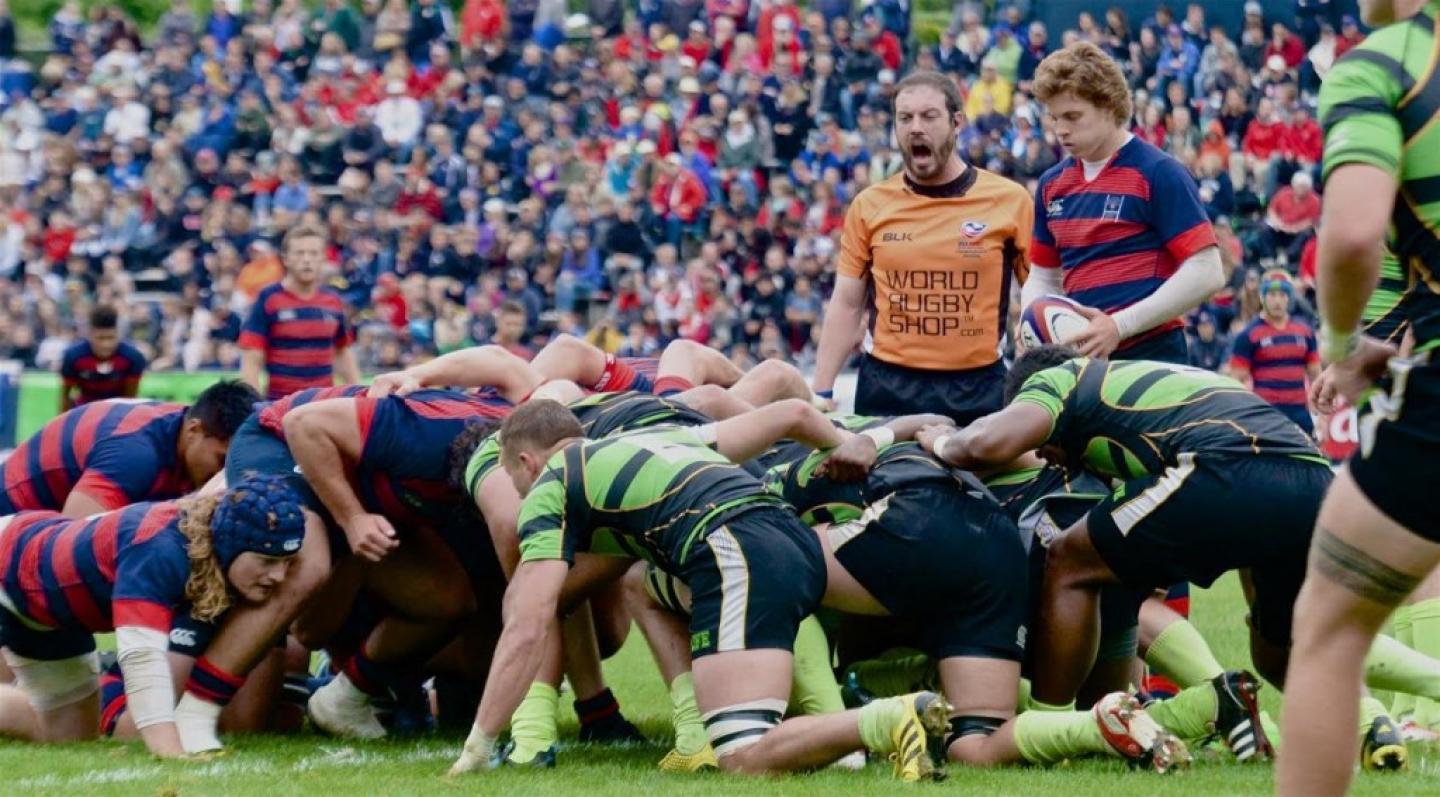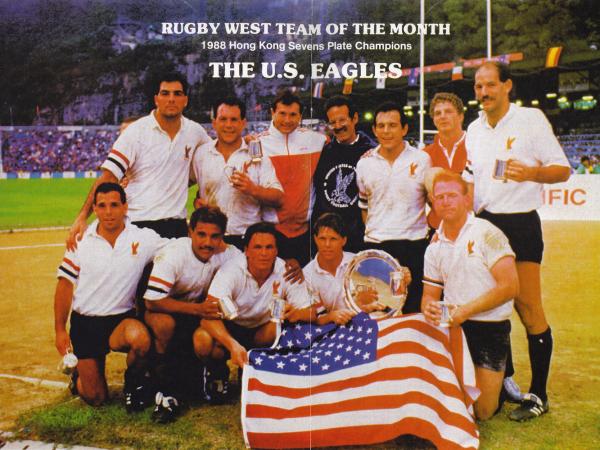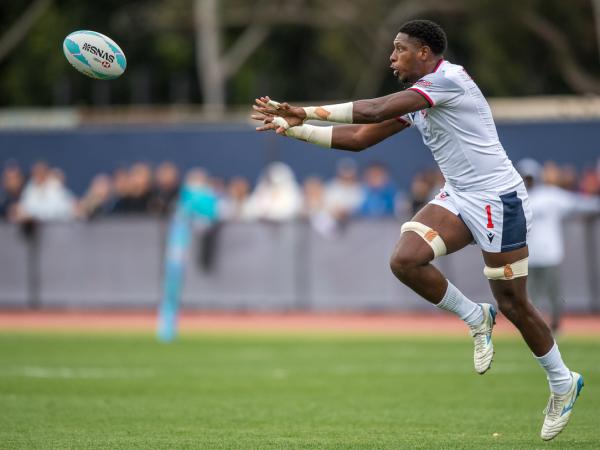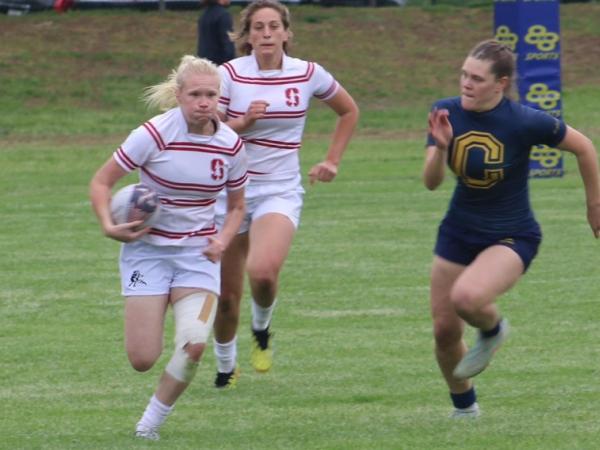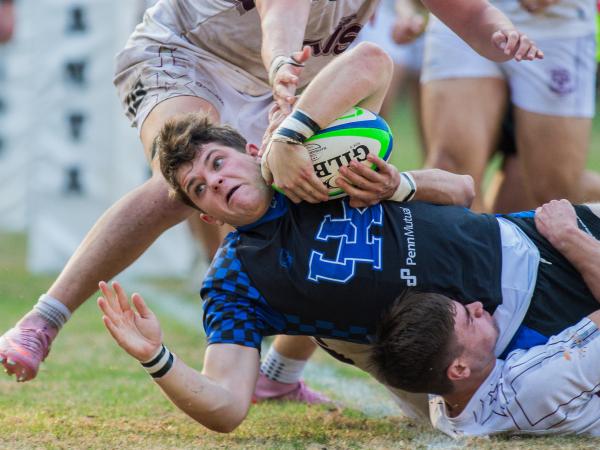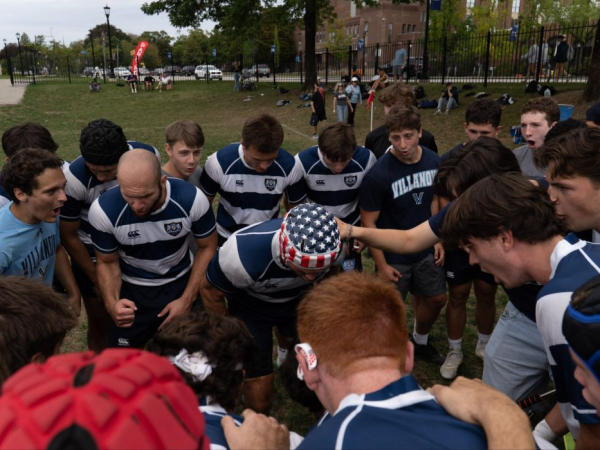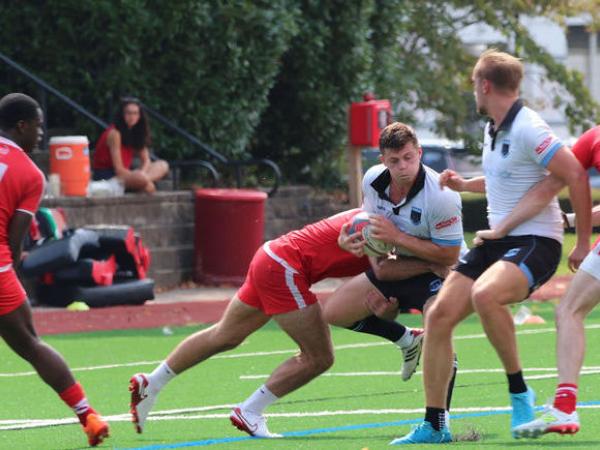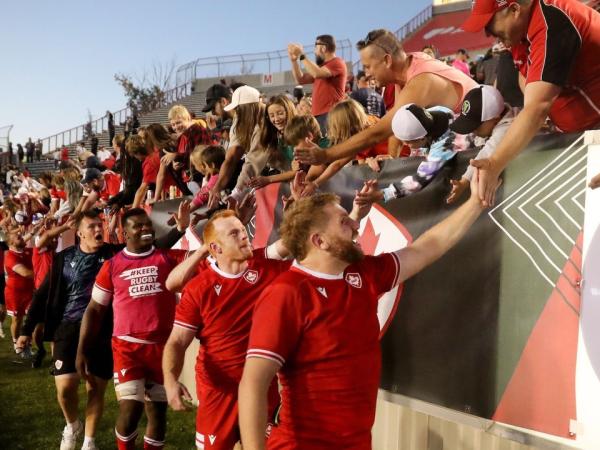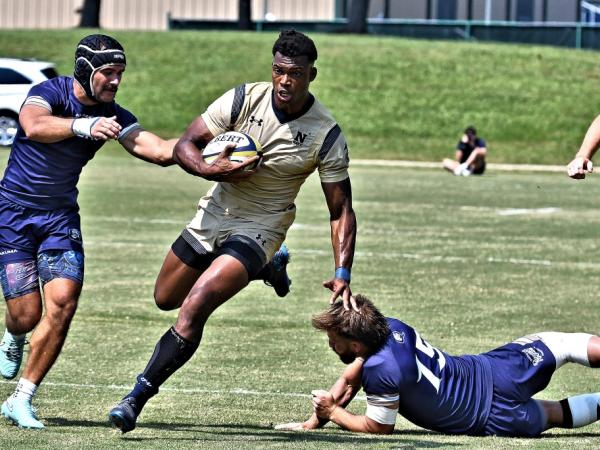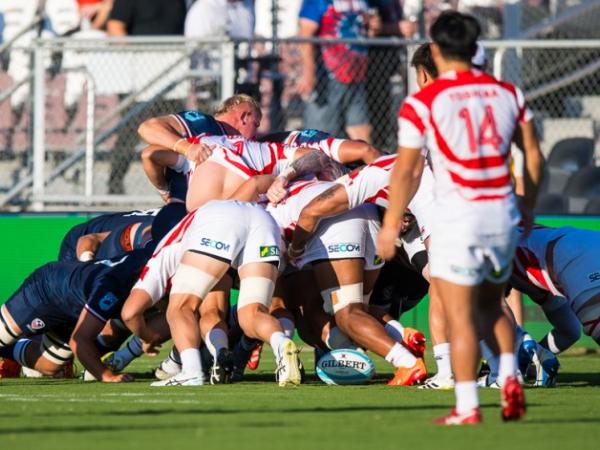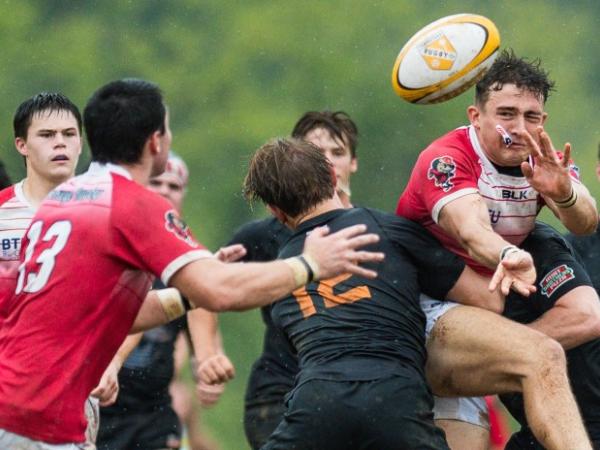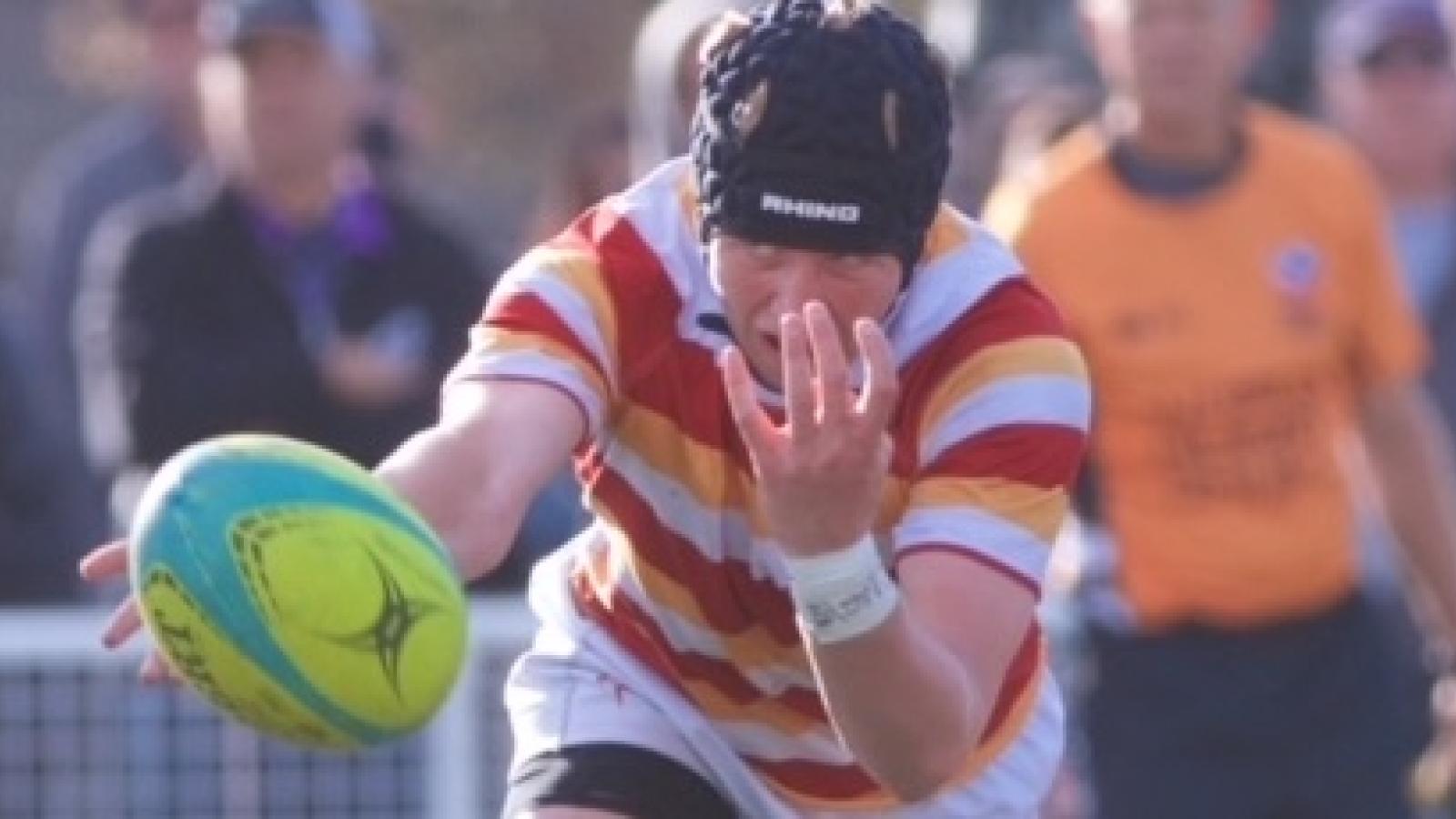The ongoing story of the year in Men’s college rugby was obvious to me before I had my conversation with Wayne Milner, but that conversation certainly confirmed it.
Milner is the senior VP at the Washington Athletic Club in Seattle, and we met last fall to initiate talks that led to the formation of the Rudy Scholz and MA Sorensen awards.
In that meeting, Milner asked me to outline the American college rugby landscape. As you can imagine, I spoke for quite a while, explaining how there was, indeed, a Division I, but also, wait, a DIAA, whose teams were generally not as strong, but could be. And then, there’s the Varsity Cup - don’t forget that - and how some teams were in DIA and Varsity Cup, and some were in DIAA and Varsity Cup, and some weren’t officially in any division, but played Varsity Cup and an independent schedule.
Whew … that was a lot. So we settled on the term “DI-level players” for the Scholz Award, and got going.
But, of course, we know it’s ridiculous that rugby as an endeavor in college sports should be splintered like that. We know that if we look at the very top, where young athletes are testing themselves and trying to be the best, then separating the top teams is not going to get the job done. Only because coaches and players from various teams still want to do they play each other. The separation caused by the weather, making some teams fall teams and some teams spring teams, is difficult enough. Why do we splinter things further?
Back in 2008 I was at the national finals and asked Nigel Melville, USA Rugby CEO from 2007 until the end of last month, about creating a college premier league of the best teams. He asked me if there were enough teams to compete. I named six programs I thought would do well, and he countered by saying that after those six, the dropoff was significant.
The answer didn’t address the issue directly, and in fact in the end we got something very different: the College Premier League, which became DIA, wasn’t a tight contest of the very best, but a switch in nomenclature that included over 30 teams. Melville’s point that the quality wasn’t there at the top was rendered irrelevant because DIA ended up including everyone who wanted to be in it.
Over time, DIA has improved - some programs have learned what it takes to be better, and some have dropped out. This despite the fact that the top two programs in the country left to form their own competition, the Varsity Cup, and took some other teams with them.
So now with DIA and the Varsity Cup seeming to be at cross purposes, you wonder if they might, one day, get along. Don’t hold your breath.
DIA has inconsistent conferences in that some are tiny (Mid-South has three teams), and others are large. Some play mostly in the fall, and some in the spring. Some have all of their teams in contention for the postseason, and some have almost none. It’s unavoidable, but frustrating, to see this, but with the weather, the desire to play 7s, and the fact we can't control the parity between conferences, it's what we have.
The other issue, for me, regarding the DIA is that the playoffs are dependent on rankings. Yes, conference winners get in, but the rest is based on rankings. So far that’s worked out pretty well - the voters (of which I am one) do a good job. But it’s not the same as earning a spot in the knockout rounds based on where you place in a conference. I personally would prefer it to rely mostly on won-loss record rather than rankings, but that's just me.
The Varsity Cup, of course, has no games leading into it at all. You could lose all of your games and still retain your place in the first round. That doesn’t make the competition look good. The other problem with the Varsity Cup is that half the teams involved play only one game in the VC. Three-quarters play only two. For a competition that promises national exposure, the payoff for most of the teams isn’t all that terrific. Maybe you get a nicely-attended home game, but you don’t get TV or even live webstream unless the host team sets it up, until the final.
It's kind of all about the final, and don't get me wrong, the finals are usually one of the best college games of the year (or the best, as it was this year), but some of the other games are pretty good, too, and they aren't showcased the same way.
DIA has had its troubles, too. The teams involved spent money for the final to be on ESPN, but the last two years the final has instead been online, with The Rugby Channel taking over coverage this past spring. That’s been a point of ire for the teams involved as they, rightly, have wondered where the broadcast money went (reports are the money exists on a line item somewhere, which is all it needs to be). DIA also got somewhat raked over the coals for the first round being snowed out in Colorado, and Air Force having to travel to California to play that game a week later, with the winner playing Saint Mary’s the next day. That was a little unfair to criticize USA Rugby for the weather. Had the snow been a little earlier, it would likely have nailed Hanover, NH and snowed-out the Varsity Cup opener at Dartmouth. These things happen.
One of the interesting aspects of the Varsity Cup is that it was created in part because the original DIA model went too late into May for Cal’s liking - it clashed with finals. In addition, Cal and BYU both wanted to avoid those pesky two-game weekends. But DIA has addressed both of those issues, and in fact the DIA final this year was on at the same time as the Varsity Cup final.
Will we see these two competitions come together? It would be nice to have a true championship decided. It would also be nice to see the very top programs - Cal, BYU, Saint Mary’s, Life - and the next group trying to be thought of as the very top, play each other every year. We don’t, not completely.
USA Rugby has some ongoing problems with the Varsity Cup, problems that seem pretty easy to fix. One is that, according to multiple sources, the Varsity Cup still owes USA Rugby money for use of referees (or at least until recently). There could be a reason why the VC isn’t paying - maybe they’re upset about something else - but the bill isn’t enormous, and maybe they could just pay it.
The other point of contention is the term “National Championship.” USA Rugby asked those associated with the Varsity Cup to stop using that term, because it’s not a national championship.
Why isn’t it? Well, you have to be invited to play in it. And while all competitions are invitational at some level (DII teams can't suddenly demand to be in the DIA quarterfinals), when the National Governing Body of a sport has a championship right there available for use, and pretty much all you need to do is declare your desire to play in it before the season starts, that seems to be a national championship. You can’t just form a new competition and say it’s the same.
The Varsity Cup, and especially Cal and NBC, doubled down on this argument, however, and continued to say that the VC was a national championship (this also happens with the CRC and the USA College 7s Nationals, by the way). That smacked of being bloody-minded, and maybe if they cut it out, everyone would be friendlier.
Can we have a DIA/Varsity Cup marriage? I still highly doubt it. There's still issues with the weather, and the short time between snow-melt in the North and finals is already short, and already packed, and the personalities involved are pretty strong-willed, too.
Which is why, for some teams, the Bowl Series run by URugby makes sense for many because it a) doesn’t pretend to be a championship it’s not; b) makes it easier to plan travel for cash-strapped teams; and c) gives players a meaningful challenge at the end of the season.
Now, at this point I’ve only spoken of men’s rugby. Women’s rugby has slightly different, but also similar issues. There is a varsity championship, and a DI championship, and a DI Elite championship … you can see non-rugby peoples’ eyes rolling back as we speak because we're there in the midst of it all again. For the most part, the women’s split has a little bit more cold logic to it. Where there are problems has been when USA Rugby decided to form a Fall National Championship and a Spring National Championship in both DI and DII. What happened? In DI, the Fall winners opted not to play the Spring winners in the spring. And in DII, the Spring winners were something of a surprise, and were basically tapped out and couldn’t make it to the overall final to play the Fall winners. That’s got to be fixed, and we start with not calling those finals Championships (there’s that word again), and calling them what they are - semifinals.
Will we see change? We could, at least in some areas. But on the men’s side, there’s not enough money in the game to force teams to travel across the country to play. Even if there were, there are some very strong personalities involved, as well, that make it tough to find common ground. And last I checked, the varied weather patterns around the country haven’t changed that much, either.
And whether things don’t change, or they change drastically, I’m betting this remains the big overarching story of 2016-17, as well.





